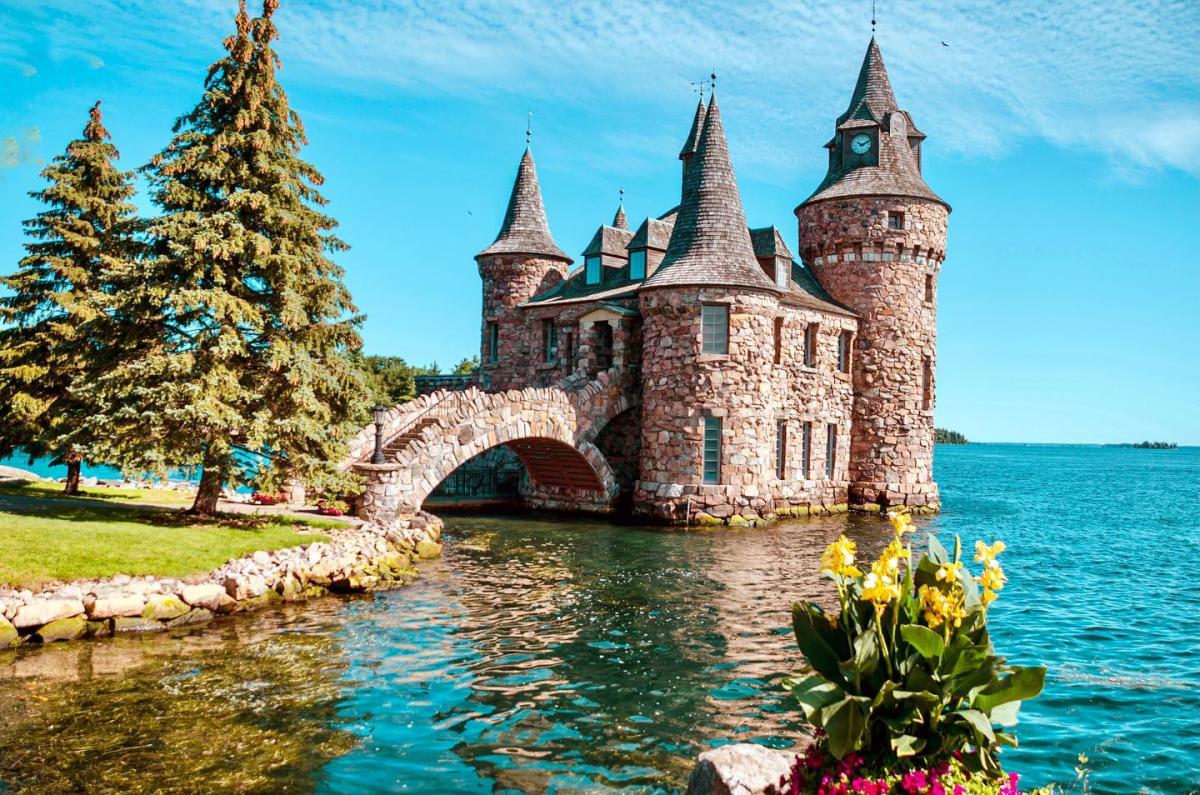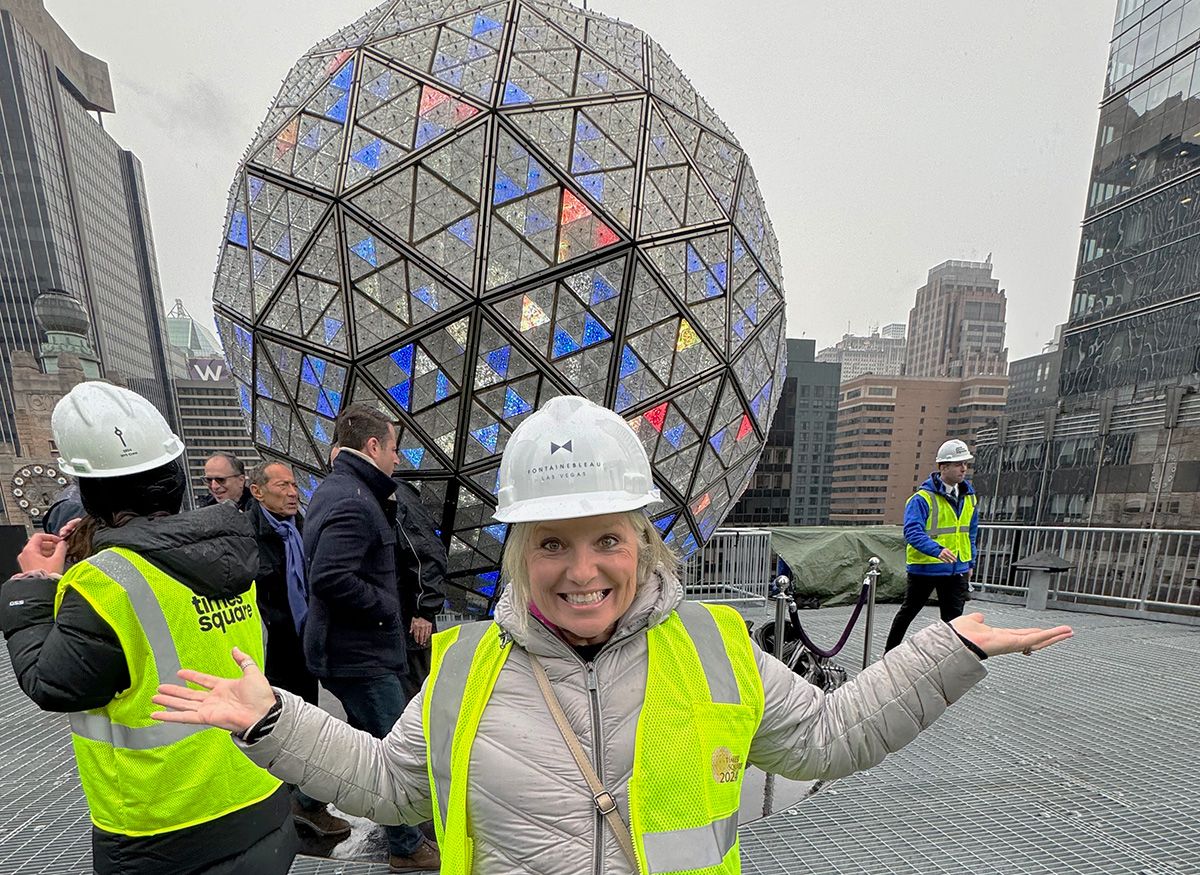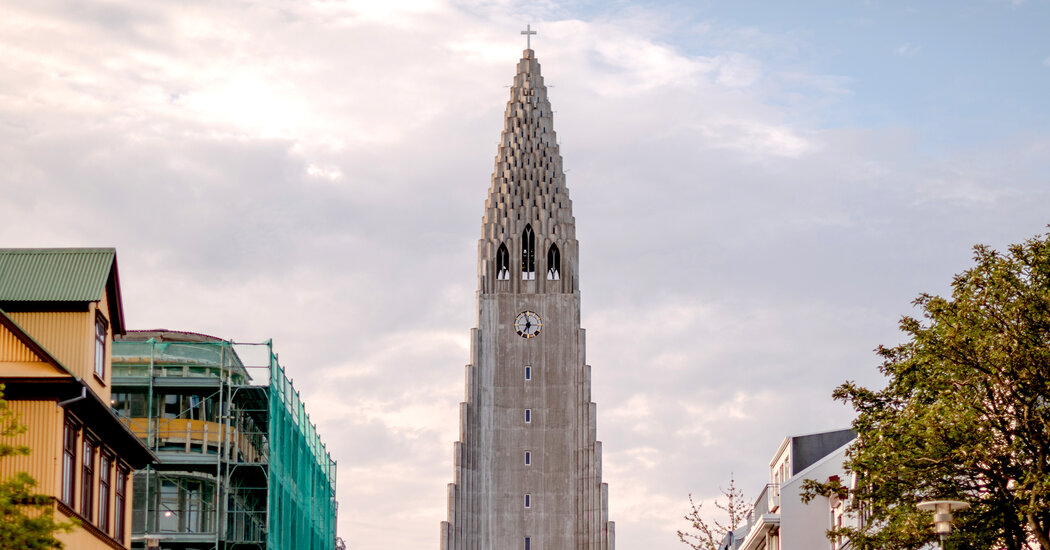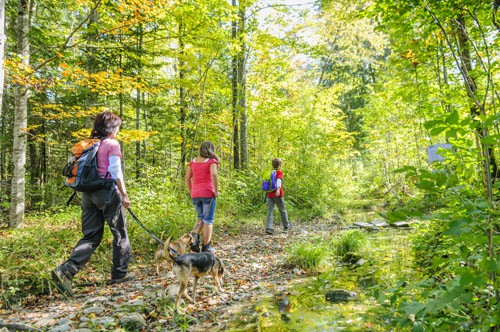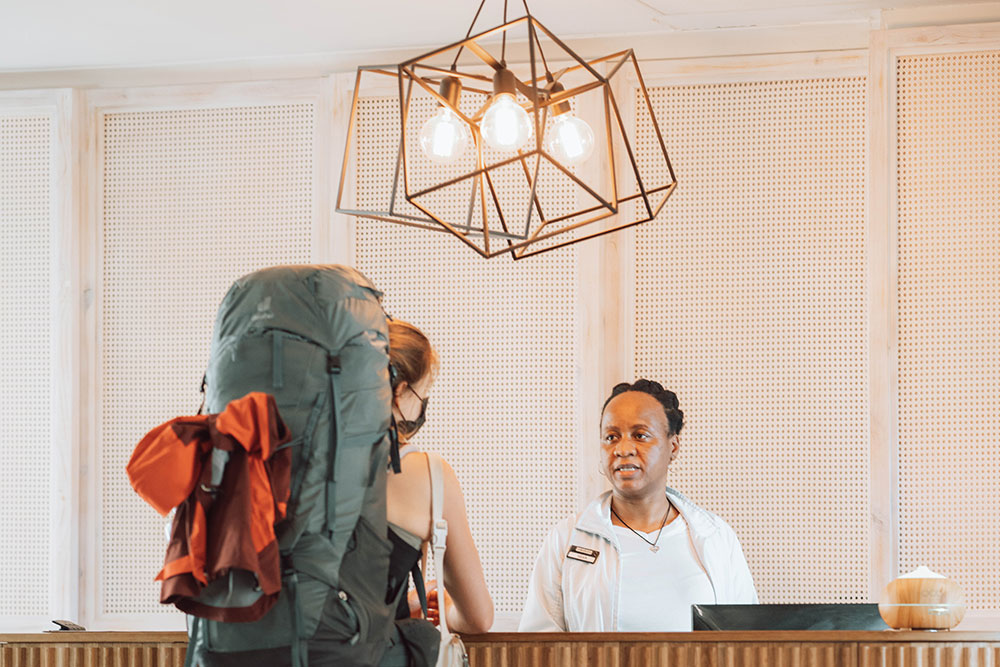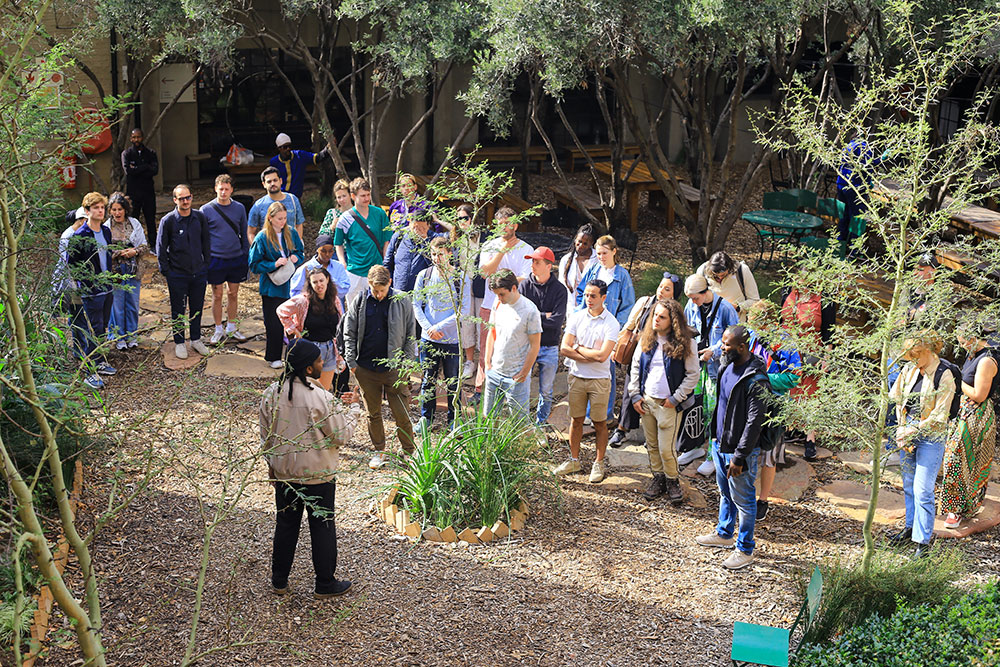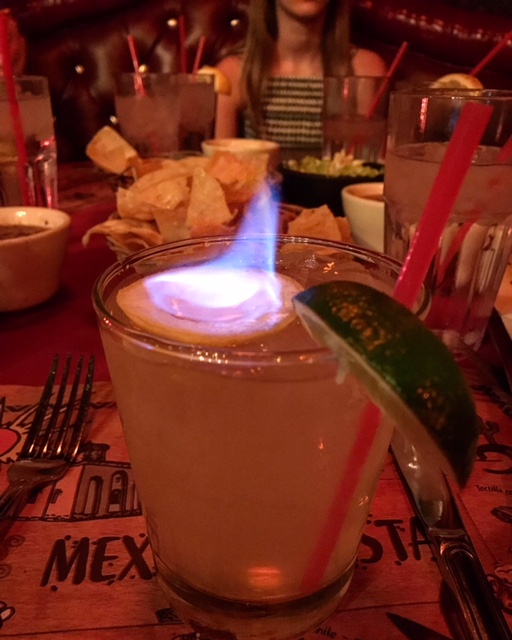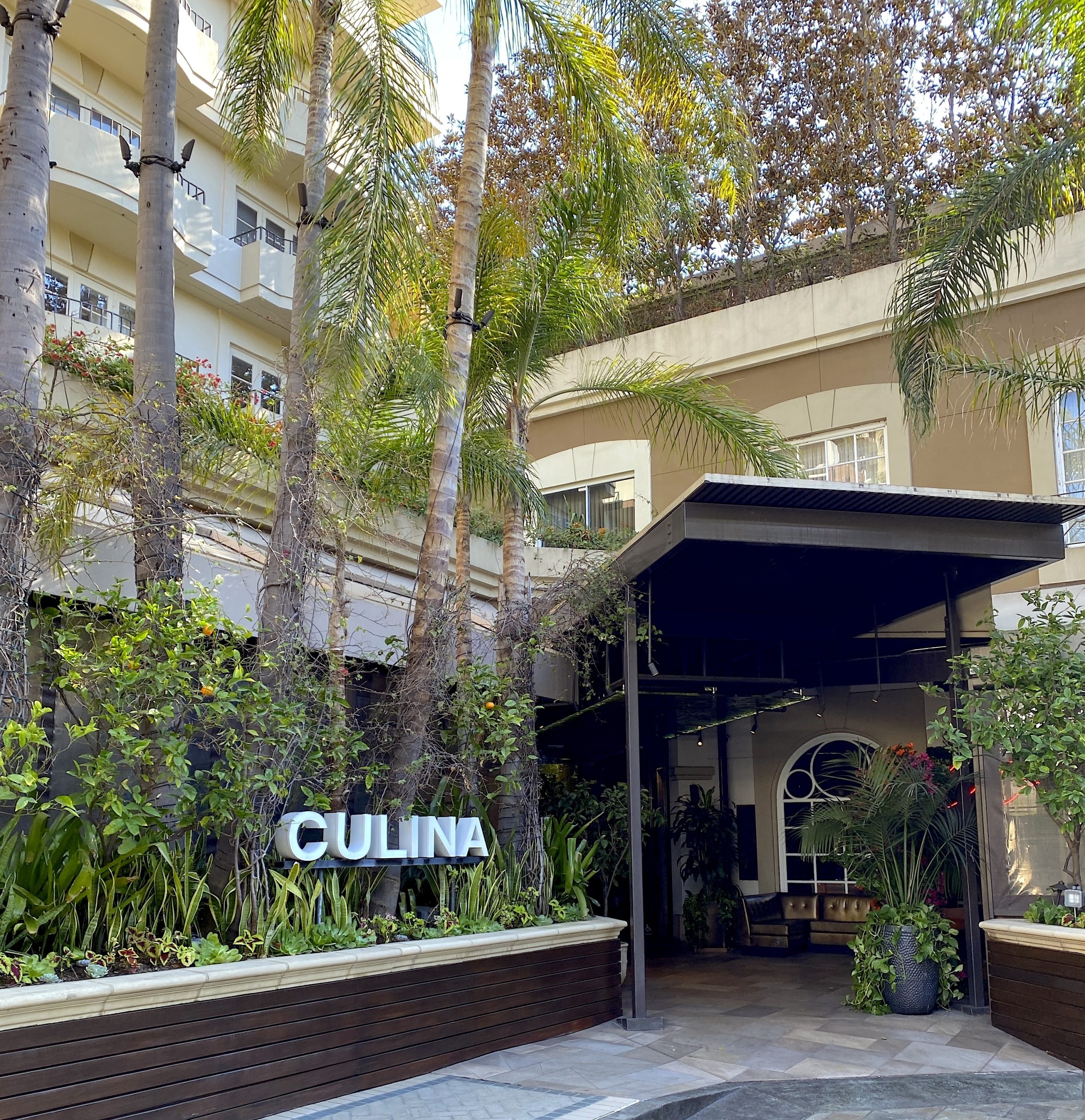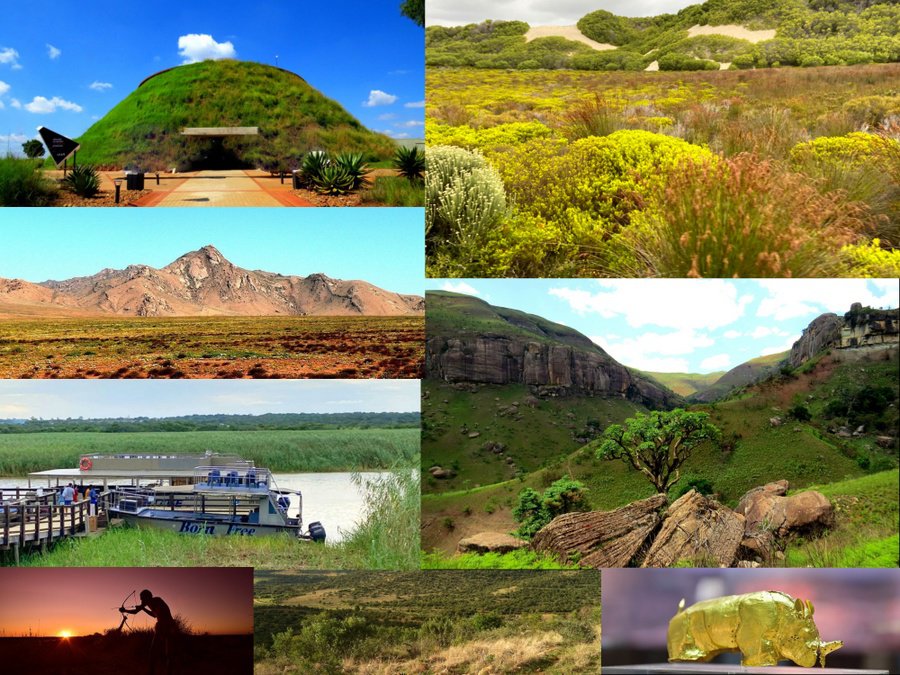
Can you name all the UNESCO World Heritage Sites in South Africa without using Google or ChatGPT? Most South Africans probably can’t. Until recently, I couldn’t either.
A UNESCO World Heritage Site is a place that has been recognized by the United Nations Educational, Scientific and Cultural Organization (UNESCO) as having outstanding universal value to humanity and is therefore protected and preserved for future generations. These sites can be natural areas, such as national parks and forests, or cultural areas, such as historic cities, monuments, and archaeological sites. UNESCO sites benefit from increased recognition, protection, conservation, tourism and international funding.
South Africa is rich in cultural and natural heritage and it has 10 UNESCO World Heritage sites throughout the country, more than any other country in Africa. Each one has its own unique story to tell. Here are the sites along with their histories, significance, and distinguishing features that make them noteworthy. The latest 3 UNESCO sites were declared in July 2024.
13 UNESCO World Heritage Sites in South Africa
1. iSimangaliso Wetland Park (KwaZulu-Natal)
Boat cruise
iSimangaliso Wetland Park was South Africa’s first UNESCO World Heritage site. Covering 332 000 hectares, along 220km of coastline, the park is also the country’s largest protected wetlands and its third largest nature reserve. It is one of the most ecologically diverse areas in South Africa, comprising a wide range of ecosystems, including wetlands, coastal dunes, mangroves and coral reefs.
At the southern-most entrance to this park, you will find Lake St Lucia, South Africa’s largest estuary at almost 80 km in length. Rich in wildlife and biodiversity, the lake has the highest concentration of hippos and crocodiles in the country.
Visitors can take guided land or water tours of the park to learn about its history and ecology, and there are also many opportunities for outdoor activities, such as hiking, fishing, and boating.
2. Robben Island (Western Cape)

Robben Island (cc: South African Tourism via Flickr)
Robben Island is a small island off the coast of Cape Town, which was used as a prison for political dissidents during the apartheid era. Nelson Mandela spent 18 years there. The prison has since been closed, but visitors can take a guided tour of the island to learn about its history and the stories of those who were imprisoned there. Tours are often given by former inmates.
The island was once used as a leper colony too and one can see the leper graveyard on the tour.
Robben Island is an easy day trip from Cape Town. Advance bookings are recommended.
3. Cape Floral Region Protected Areas (Western/Eastern/Northern Cape)

Fynbos and dunes in De Hoop Nature Reserve
The Cape Floral Region Protected Areas are a group of eight different protected areas stretching from the Cederberg to the Cape Point, over 3 provinces – Western Cape, Eastern Cape and Northern Cape. They include Table Mountain National Park, Kirstenbosch Botanical Gardens and De Hoop Nature Reserve. The smallest of the world’s six floral kingdoms, they support around 9,000 plant species, including many unique and endemic varieties not found nowhere else in the world. Hiking is a popular activity, and there are many trails and routes throughout the region for visitors to explore.
4. Cradle of Humankind /Fossil Hominid Sites of South Africa (Gauteng/North-West/Limpopo)

Replica of Mrs Ples
The Fossil Hominid Sites of South Africa, also known as the Cradle of Humankind, consist of a group of 13 different locations where the remains of early hominids dating back up to 4.5 million years have been found.
The most famous of these locations are the Sterkfontein Caves, which are estimated to be 20 million years old. The Little Foot hominid fossil and the pre-human skull of Mrs. Ples were both found there, as well as Homo Naledi which was found in the Rising Star cave and is the most complete hominid skeleton ever found.
The Cradle of Humankind is an easy day trip from Johannesburg. One can do a cave tour there and visit the Maropeng Visitor Centre.
5. Mapungubwe Cultural Landscape (Limpopo)

The Golden Rhino – Mapungubwe Cultural Landscape (cc: Wikimedia Commons)
The Mapungubwe Cultural Landscape is home to the remains of the largest Southern African kingdom that existed between the 9th and 13th centuries. Mapungubwe was a thriving centre of ivory and gold trade before it was abandoned. The famous golden rhino was found there as well as other evidence of a prosperous African kingdom.
Visitors to the Mapungubwe National Park in Limpopo can do a heritage tour and visit the museum where the golden rhino is displayed.
6. Richtersveld Cultural and Botanical Landscape (Northern Cape)

Richtersveld Cultural and Botanical Landscape (cc:Wikimedia Commons)
The Richtersveld Cultural and Botanical Landscape features a unique ecosystem that is found nowhere else in the world. The mountainous desert region has a dry and harsh landscape with extreme temperatures, which gives rise to a wide range of different plant species, including many succulents and other endangered desert-adapted species. It is also where you will find the semi-nomadic Nama people, who live in the three Nama villages.
7. Vredefort Dome (Free State)

Vredefort Dome (cc: Wikimedia Commons)
The Vredefort Dome is the best preserved, oldest and largest meteorite impact site in the world. It was created over 2,000 million years ago when a huge meteorite collided with the earth in an impact that was twice the size of the one that rendered the dinosaurs extinct 65 million years ago! A massive crater was left behind that is still visible today, and small hills in a dome shape with valleys between them, were formed after the impact. The site provides a unique insight into the history of our planet and the forces that have shaped it over time. It can be explored by foot, car, cycle or canoe. Guided tours are recommended.
8. Maluti Drakensberg Park (KwaZulu-Natal/Lesotho)

Maluti Drakensberg Park
The Maluti Drakensberg Park includes the uKhahlamba / Drakensberg Park in KwaZulu-Natal and Sehlathebe National Park in Lesotho. It comprises a range of different landscapes, including high peaks, deep valleys, and rocky gorges. Many different plant and animal species can be found here, including endangered species such as the Bearded Vulture.
Often referred to as an open-air mountain museum, the park contains over 30 000 Bushman rock art engravings in its caves. It is a popular destination for hikers and nature lovers, and there are many trails and scenic routes throughout the area, as well as many beautiful resorts.
9. The ǂKhomani Cultural Landscape (Northern Cape)

ǂKhomani Cultural Landscape (cc: Wikimedia Commons)
The ǂKhomani Cultural Landscape is located in the Southern Kalahari region of the Northern Cape. It is of great cultural and historical significance due to the ǂKhomani San people who were believed to have vanished, until recently. They still follow a traditional hunter-gatherer existence.
The massive site includes the entire Kalahari Gemsbok National Park and forms part of the Kgalagadi Transfrontier Park, and contains evidence of human occupation going back to the Stone Age.
Stay at !Xaus Lodge, the community-owned lodge in the Kgalagadi Transfrontier Park to meet and experience tracking with them.
10. The Barberton Makhonjwa Mountains (Mpumalanga)

Barberton Makhonjwa Mountains (cc:Wikimedia Commons)
The Barberton Makhonjwa Mountains are the most recent addition to South Africa’s list of UNESCO World Heritage sites. These beautiful mountains in Mpumalanga contain the oldest and best-preserved volcanic and sedimentary rock on Earth, estimated to be around 3.6 billion years old.
The wide range of unique and rare rock formations have played an important role in shaping our understanding of the evolution of the Earth. The vast area consists mainly of small mountains and hills interspersed with grassy plains, forests and valleys, and a huge variety of plants and animals can be found there.
11. Pinnacle Point Site Complex in Mossel Bay (Western Cape)
Pinnacle Point in Mossel Bay is not only a residential and golf resort but also an area of significant archaeological importance. The Pinnacle Point Caves are archaeological sites that have revealed some of the earliest evidence of modern human behavior, dating back approximately 170,000 years. These caves have provided critical insights into the early use of technology and coastal resources by humans.
12. Sibudu Cave in KwaDukuza (KwaZulu-Natal)
Sibudu Cave in KwaZulu-Natal, South Africa, is a key archaeological site with well-preserved Middle Stone Age deposits, dating back 77,000 to 38,000 years. Excavations have uncovered advanced stone tools, evidence of early adhesives, bedding, and fire use. The site offers crucial insights into early human behavior, cognition, and technology. Its strategic location provided early humans with essential resources.
13. Diepkloof Rock Shelter (Western Cape)
Diepkloof Rock Shelter, close to Elands Bay in the Western Cape, is a prominent archaeological site with evidence of human occupation dating back over 60,000 years. It is renowned for its well-preserved Middle Stone Age deposits and artifacts, including engraved ostrich eggshells, which indicate early symbolic behavior. Excavations have revealed sophisticated stone tools and complex fire management techniques.
UNESCO Biosphere Reserves in South Africa
In addition to UNESCO World Heritage sites, there are also UNESCO Biosphere Reserves.
A UNESCO Biosphere Reserve is a special area chosen by the United Nations to protect nature and promote a healthy relationship between people and the environment. These areas have three parts: a protected core for plants and animals, a surrounding buffer zone for limited human activities, and a transition area where people work together for sustainable living. Biosphere reserves help us learn how to live in harmony with nature and share ideas with other reserves worldwide.
Here are the 10 UNESCO Biosphere Reserves in South Africa
- Kogelberg
- Cape West Coast
- Waterberg
- Kruger to Canyon (encompassing Kruger National Park and other nature reserves such as the Blyde River Canyon Nature Reserve)
- Cape Winelands
- Vhembe
- Gouritz Cluster
- Magaliesberg
- Garden Route
- Marico


Sara Essop is a travel blogger and writer based in South Africa. She writes about family travel and experiences around the world. Although she has been to 49 countries thus far, she especially loves showcasing her beautiful country and is a certified South Africa Specialist.
Publisher: Source link
Latest Posts
-
31 July 2025
-
26 July 2025
-
14 July 2025
-
01 July 2025
-
07 August 2025
-
29 July 2025
-
20 February 2025
-
04 February 2025
Newsletter
Sign up for free and be the first to get notified about new posts.
Get The Best Blog Stories into Your icountox!
Sign up for free and be the first to get notified about new posts.

